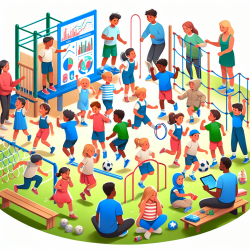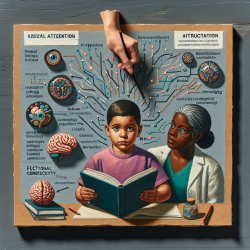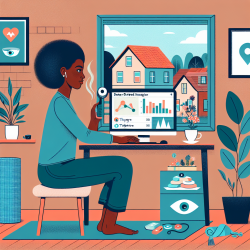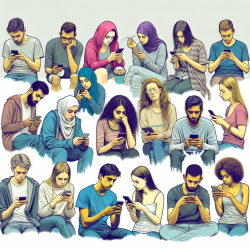Introduction
As a speech-language pathologist deeply committed to improving children's outcomes, I am constantly seeking evidence-based strategies that can make a real difference. The recent study titled Physical activity in out of school hours care: an observational study offers valuable insights into how structured physical activity during afterschool care can significantly impact children's health and development. This blog post aims to highlight key findings from the study and provide practical guidance for practitioners looking to implement these strategies in their programs.
The Importance of Physical Activity
Physical activity, particularly moderate-to-vigorous physical activity (MVPA), is crucial for children's physical, social, and emotional well-being. Regular engagement in MVPA has been linked to numerous health benefits, including reduced risk of non-communicable diseases, improved mental health, and better social skills. Despite these benefits, only 25% of Australian children aged 5-12 meet the recommended 60 minutes of daily MVPA.
Key Findings from the Study
The study observed 89 out-of-school hours care (OSHC) services in New South Wales, Australia, and identified several factors that contributed to children meeting the recommended 30 minutes of MVPA during afterschool hours:
- Child-led free play for 30-59 minutes increased the likelihood of meeting MVPA by 2.6 times, while over 60 minutes increased it by 6.4 times.
- Staff-led organized play for 30 minutes or more increased the likelihood by 2.3 times.
- Active games that engaged the majority of children increased the likelihood by 1.7 times.
- Games with elimination components were less effective, reducing the likelihood by nearly half.
Implementing Findings in Practice
For practitioners, these findings underscore the importance of structuring afterschool programs to maximize physical activity opportunities. Here are some actionable strategies:
- Schedule Ample Free Play: Ensure that children have at least 60 minutes of child-led free play daily, allowing them to engage in activities they enjoy.
- Incorporate Structured Play: Plan staff-led organized activities that are inclusive and engaging for all children, minimizing downtime and elimination.
- Focus on Inclusive Games: Choose games that involve all children, avoiding those with elimination components to maintain continuous activity.
- Train Staff Effectively: Provide training for staff to lead and encourage physical activity, focusing on creating a supportive and active environment.
Encouraging Further Research
While this study provides a solid foundation, further research is needed to explore the nuances of physical activity promotion in diverse settings. Practitioners are encouraged to collaborate with researchers to gather more data and refine strategies that can be tailored to specific populations and environments.
Conclusion
By implementing these evidence-based strategies, practitioners can play a pivotal role in enhancing children's physical activity levels during out-of-school hours. This not only supports their physical health but also contributes to their overall development and well-being. For those interested in delving deeper into the research, I highly recommend reading the original study.
To read the original research paper, please follow this link: Physical activity in out of school hours care: an observational study.










